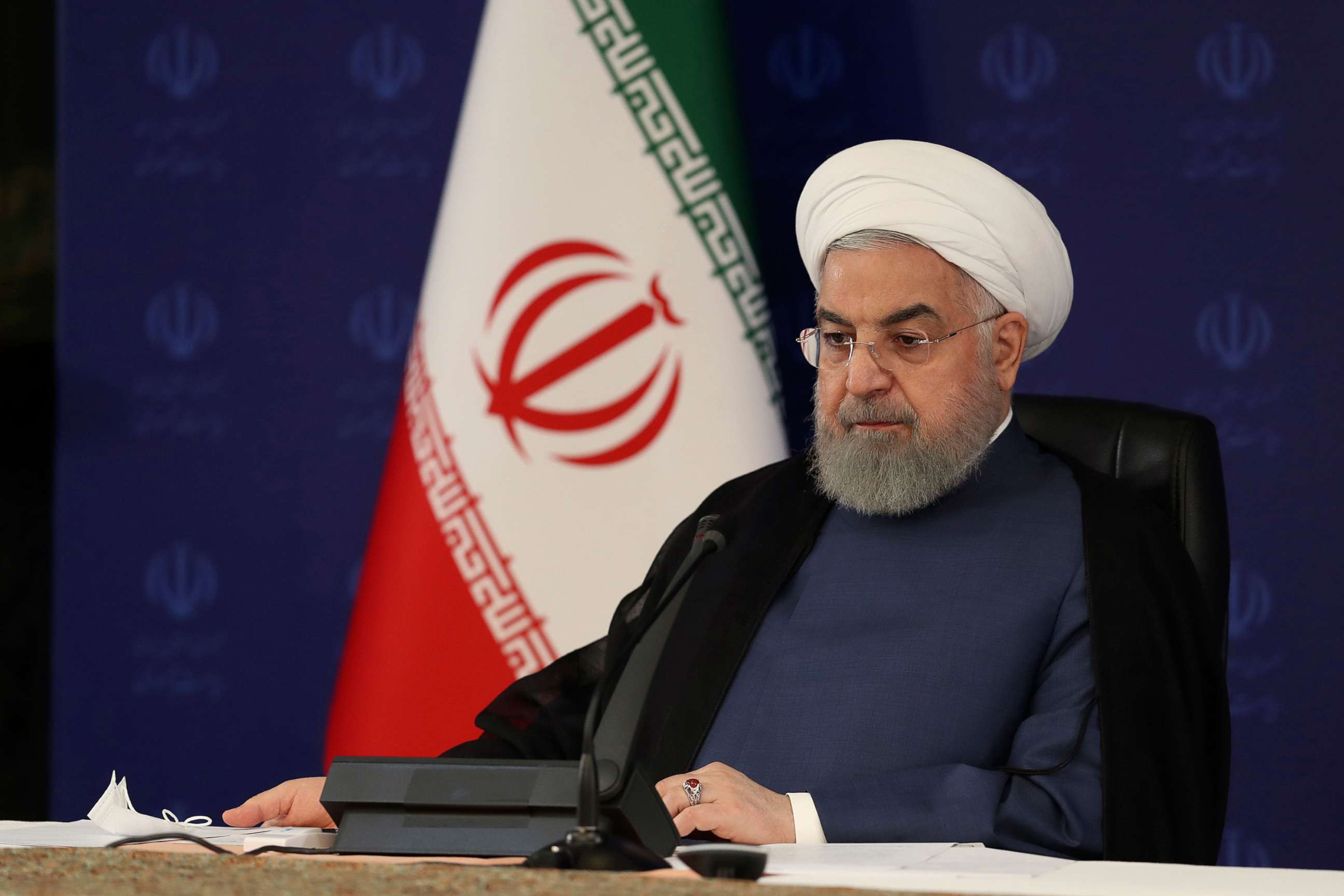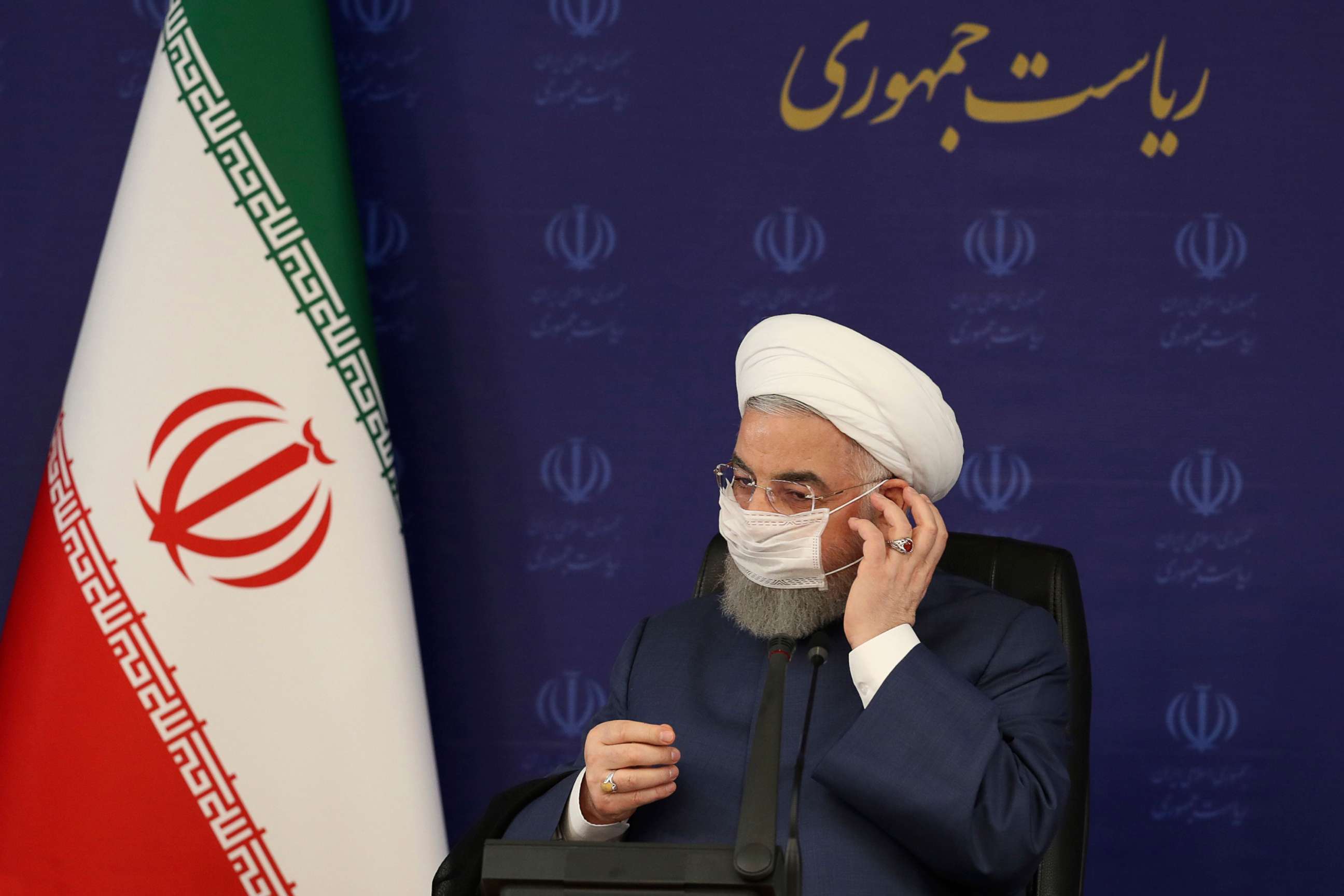Iranian president's claim that 25 million are infected with COVID causes confusion
The statistics he provided are drastically higher than the official reports.
Iranian President Hassan Rouhani said about 25 million people in the country have already got COVID-19 and 30 to 35 million others are at risk of getting infected.

His remarks caused surprise as the statistics he provided are drastically higher than the official reports from Iran's health ministry announced daily from the beginning of the pandemic.
According to Tasnim News Agency, Sima Sadat Lari, spokeswoman of the health ministry, said official toll of infection in the country was 271,606 by Saturday -- around 1% of what President Rouhani announced at the special committee on a campaign against the epidemic -- and based on research also conducted by the health ministry.
However, both the president and the health ministry spokeswoman said around 14,000 people have lost their lives to the virus in the country.
The huge gap between infection numbers confused social media users who could not help but compare the new remarks with what they have been told about former national trends, and the World Health Organization's global statistics showing around 14 million infections worldwide up until July 17.
"What the President said about 25 million infections is as much as twice of the global infections, about 6.5 times of the U.S. infections and 12 times of that of Brazil's. It is about 92 times more than the health ministry's official number on coronavirus infection," wrote Mehdi Babaei, an Iranian journalist on Twitter.
Other users raised questions about the infection and death ratio.
"How is it possible that from 25 million infected people only 13,000 have died," one Twitter user asked.

After a few weeks of lockdown in the capital city of Tehran, when the country first encountered the pandemic, most of the businesses and state organizations resumed working while considering preventive measures.
However, as the country struggles against a second wave of infection, the special committee on the campaign against the epidemic reimposed some restrictions both in Tehran and other cities.
All of the conferences, gyms, cafes, and tea houses are closed from today," said Colonel Nader Moradi supervising public places deputy of Tehran Police, according to the Iranian Students News Agency on Saturday.
Iran, one of the hardest-hit countries in the Middle East by COVID-19, has faced challenges from the beginning of the pandemic in early February. But many officials resisted total lockdowns as the ailing economy of the country -- partly imposed by U.S. sanctions -- would not bear yet another shock.
"Shutting down everything is the easiest way, but then hunger, poverty and unemployment will bring people to the streets. It is such an illogical method that even the opponent media do not discuss it any longer," President Rouhani said last week, after experts had advised another period of lockdown.




